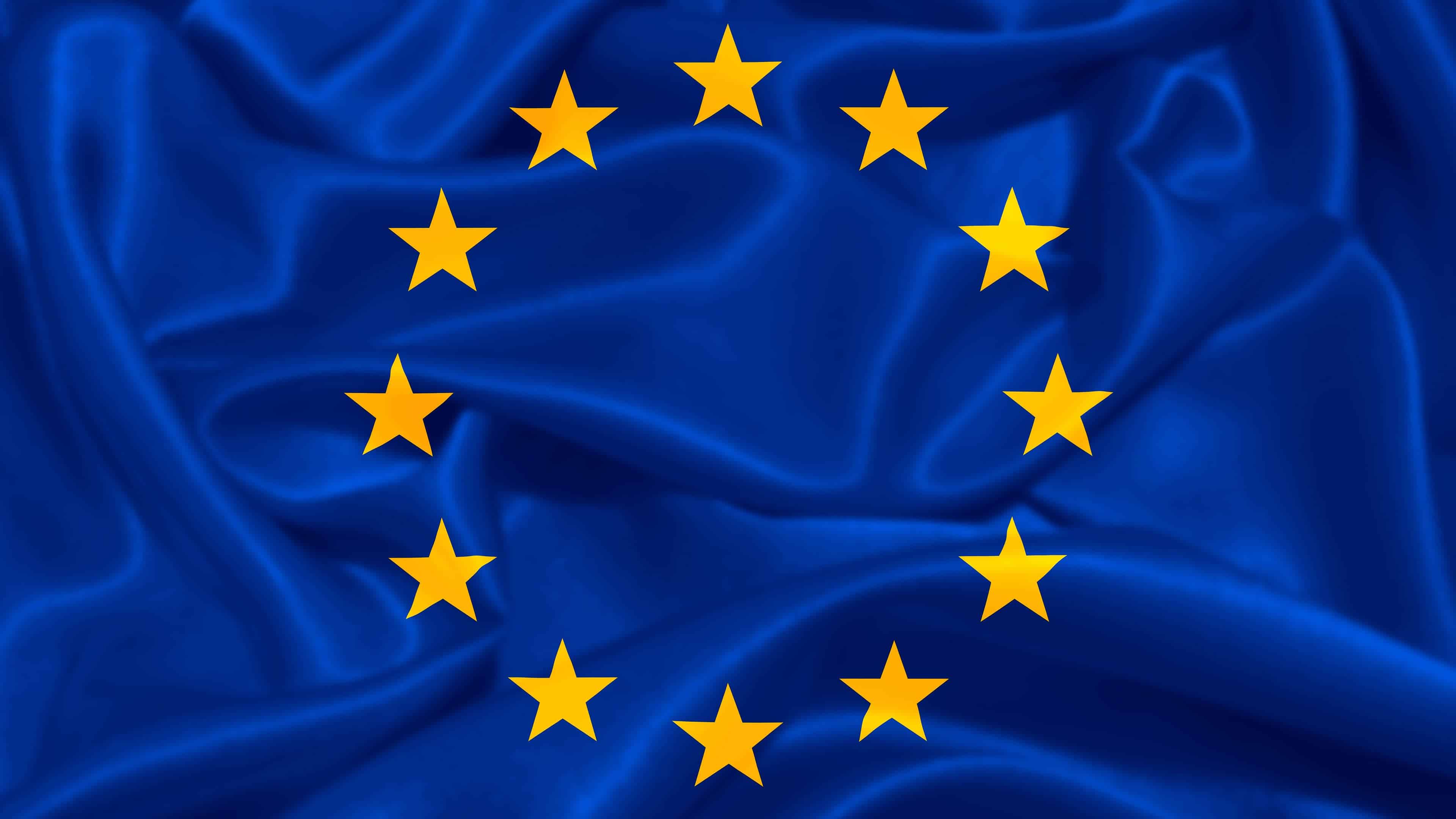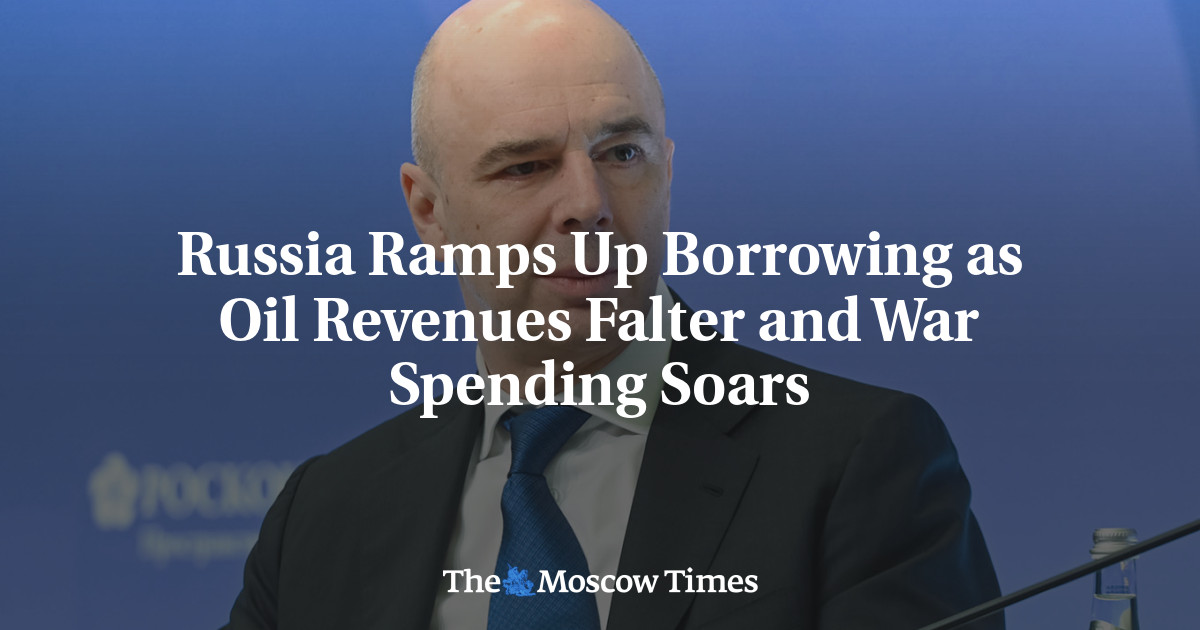cross-posted from: https://lemmy.sdf.org/post/37060739
Russia’s Finance Ministry is aggressively increasing its borrowing in a bid to cover growing fiscal gaps and hedge against an increasingly uncertain economic future as military spending surges and oil and gas revenues slump.
Six months into 2025, the ministry has already borrowed more than 2.7 trillion rubles (approximately $35 billion), or 56% of its annual borrowing plan.
This week alone, it raised 195 billion rubles (around $2.5 billion) through two new issues of government bonds, known as OFZs, hitting its second-quarter fundraising target of 1.3 trillion rubles (about $16.9 billion).
Russia is paying steep yields — 15.2% on six-year bonds and 15.5% on 11-year debt — amid high interest rates aimed at taming inflation.
[…]
Foreign direct investment in Russia fell to just $3.3 billion in 2024, its lowest level since 2001, according to new data published by the United Nations Conference on Trade and Development (UNCTAD).
The data, released during Russia’s flagship St. Petersburg International Economic Forum, shows a 62.8% decline in investment between 2023 and 2024 and a 50% drop from the pre-war year of 2021, when Russia attracted $38.8 billion.
Even if the war were to end tomorrow, few serious businesses would consider Russia as an attractive investment destination given the political risks that would remain, Sergei Aleksashenko, a former deputy governor of the Russian Central Bank who now lives abroad, told Reuters.
According to the Central Bank itself, foreign investment in Russia’s non-financial sectors has declined by 57% over the past three years. Total accumulated FDI fell from $497.7 billion at the start of 2022 to $216 billion as of January 2025, the lowest level since 2009.
[…]
15% yields when inflation is around 20% is laughable.
Who is still lending Russia money?
Russians.
Yup, most likely. For starters it’s the obvious things like austerity and deferring costs where possible. But states also borrow against future tax income - that’s their main lever. It’s not the same as printing money, but if investors dry up and central banks step in, it starts to blur. In that case, inflation ends up being the fallback tool to soften the real burden.
Right now, the weirdness that is war economy keeps the books somewhat balanced, but as soon as it’s time to revert to a civilian economy the pain will hit.
Daddy vladdy can’t win this war. But he can’t afford to stop it either. The longer it goes on, the worse the economic fallout.
After WWII, the Allies faced some short-term economic adjustment as wartime production wound down. In the U.S., there was a brief period of inflation and industrial transition, but a major recession didn’t happen. Consumer demand surged, and rebuilding Europe helped sustain economic momentum, though this relied more on civilian goods and infrastructure than military exports. For russia, that kind of soft landing seems unlikely. With Syria largely incapacitated, Iran probably not prioritizing imports any time soon, and Russians military hardware reputation damaged in Ukraine, it’s hard to see a strong export-driven recovery for russia.
Well, North Korea would probably love to import whatever russia can export… But they’re not exactly the international equivalent of scrooge mcduck.
This is a good question. I can’t find information on the buyers of this particular issuance, but we can reasonably assume they come from “friendly nations”. The Kremlin issued a list in 2023 of what it called “friendly and neutral countries” following the full-scale invasion of Ukraine. This list includes former Soviet republics such as Azerbaijan, Armenia, Belarus, Kyrgyzstan, Tajikistan, Turkmenistan and Uzbekistan, and some African countries like Algeria, Morocco and South Africa. I have no information whether this list has changed since it was published in 2023.
The majority of OFZ holders appear to be domestic buyers, though (so Gazprom, VTB, …). By March 2024 (the latest available data I could find), the international investors’ (non-residents’) share of the OFZ market stood at 7.2%, its lowest level ever (and down from its peak in in February 2020 when international investors held 34.9% of Russian bonds).
deleted by creator



